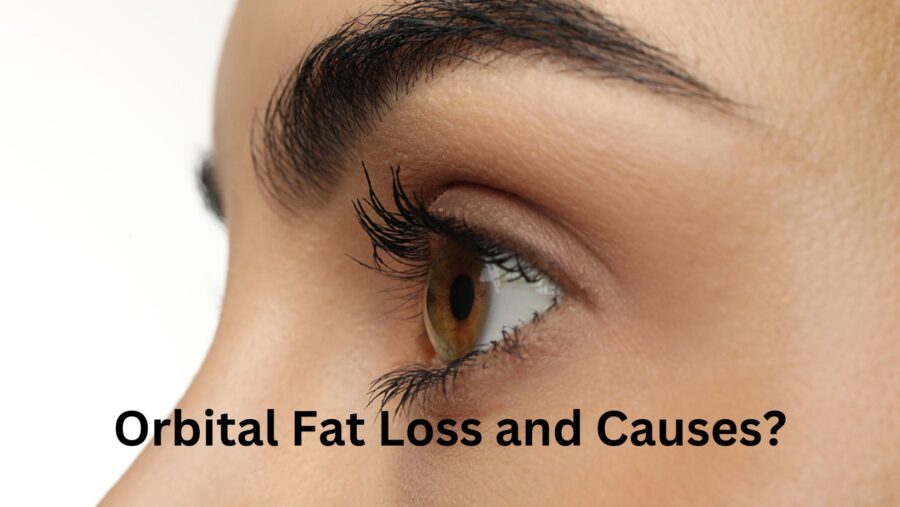What Is Orbital Fat Loss? And What Causes Orbital Fat Loss?
Healthful Vitality | 11/10/2022 | What Is Orbital Fat Loss? And What Causes Orbital Fat Loss?

It is good to have some fat around the eyes. Orbital fat loss may result in the deepening of the eyes and may look bad, to say the least. However, in some, it may indicate some severe underlying health issues.
Most diseases affect the area around the eyes, though it is among the symptoms that often go unnoticed. If there is an increase in orbital fat mass or it becomes saggy, it is more easily noticeable and may indicate issues like kidney disease or even more severe health issues.
However, orbital fat loss is more likely to be neglected, and people may often note such a loss in later states when things become pretty severe.
What is orbital fat loss?
Orbital fat loss is a term used to define fat loss around the eyes. Especially such fat loss is visible below the eyes, causing deepening. If it is too stark and has occurred recently, then it may be a cause for concern.
Of course, the orbital fat loss does not essentially indicate something bad. Here a lot depends on genetics. Some people do not have much fat below the eyes.
In some cases, such a fat loss may indicate improving metabolic health, weight loss, changes in kidney function, and more.
What causes orbital fat loss?
It is unclear what causes orbital fat loss, which is why even doctors may neglect the condition. In young adults, such a visible loss is more likely due to dietary changes, metabolic health issues, and micro-nutritional deficiencies.
Therefore, if you experience significant orbital fat loss, it must still be a cause for concern, and you must try to find the cause. In addition, getting a complete health checkup is generally a good idea, as such changes may occur for many reasons.
If you have recently started a weight loss program, then be careful, as it may indicate that you are doing something wrong. For example, orbital fat loss may indicate increasing inflammation and nutritional deficiencies.
There is also one well-known cause of orbital fat loss. Some people may be prescribed topical prostaglandin analogs (PGAs) for treating primary open-angle glaucoma (POAG), a severe eye disease. However, this therapy may cause significant changes around the eyes, causing orbital fat loss.
How can I get fat around my eyes?
To manage orbital fat loss, it is essential to identify the underlying cause; otherwise, nothing will work. Remember that in most cases, such changes are secondary to systemic disorders.
In some instances, identifying the cause may be relatively easy, like recent lifestyle changes, dietary changes, or diagnosis of some severe disease.
Some medications may also cause orbital fat loss; in such cases, one may talk to the treating doctor, as doctors can often change the medicines.
Similarly, if you are using topical prostaglandin analogs, talk to your doctor if it is possible to use another drug.
In some cases, making changes to the drug therapy may not make sense, as doctors may consider that the benefits from such treatment outweigh the issues like orbital fat loss. To sum up, orbital fat loss may occur for many reasons. Quite often, the cause is benign, and thus there is no reason to worry. On the other hand, it may often indicate some chronic ailment, and treating underlying health diseases would help prevent further orbital fat loss. Finally, in a few people, orbital fat loss may be secondary due to drug therapy.
(Also Read: How to Lose Weight Fast, Naturally, and Permanently?)
